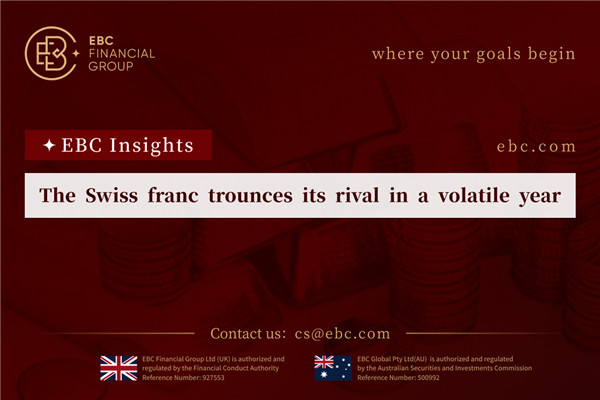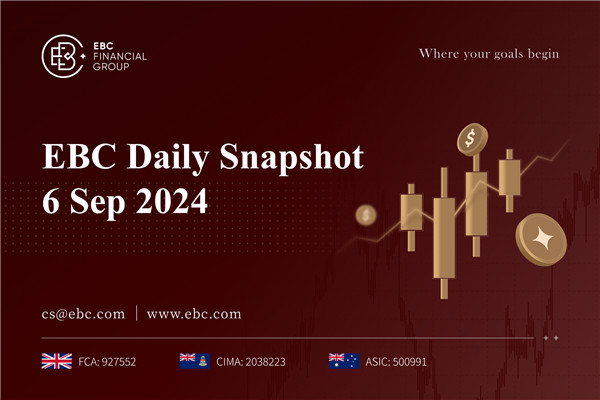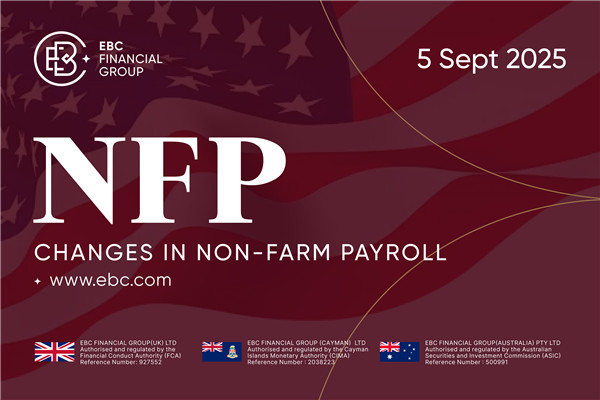CHF/JPY divergence
The yen has sunk to historic lows against the Swiss franc last month as
Japan’s chronic trade deficits diminish its currency’s safe-haven status.
The ten weakened to 153.80 against the Swiss franc on May 20, nearly a third
of its record high of about 58 yen which it hit in 2000.

There are few signs of reversal with CHF/JPY traded above 154 as of now. The
divergence on full display contradicts the traditional FX theory.
‘It's hard to put the yen and the Swiss franc in the same category of
currencies now,’ said Daisuke Karakama, chief market economist at Mizuho
Bank.
Traders have turned bullish on the franc in the past few weeks, something
that hasn’t happened since September 2021.
That smaller currency outperforms easily in the current risk-off environment
as Japan is now the only major economy to continue monetary easing.
Dove among hawks
Kazuo Ueda decided to keep ultra-low interest rates but announced a plan to
review its past monetary policy moves in his debut policy meeting
The new chief said the broad-based review won't be tied to near-term policy
shifts and stressed the need to wait for more evidence to conclude inflation
would sustainably achieve the 2% target.
The yen tumbled then on expectations that it would take him longer to
withdraw the stimulus of his dovish predecessor.
Other big global central banks all underestimated the scale and persistence
of inflation, causing them to raise interest rates far faster than usual.
After raising borrowing costs by 225 basis points since June 2022, the SNB is
widely predicted to hike interest rates again on June 22.
‘The fight against inflation is not over yet — we need to make sure we bring
it back below 2% in the long term,’ Thomas Jordan said in a recent interview.
‘At this point in time, we can’t exclude a further tightening of monetary
policy.’
The yen may not gain strength easily even global rates are close to peak. The
impact of potential global stimulus on the franc could be immediate as capital
pipelines are unclogged and profits start flowing toward tax-advantaged
destinations.
Upside potential intact
Trade proves to be another drag for the yen, itself a traditional currency
haven, with Japan posting a deficit for a 21st straight month in April.
Conversely, Switzerland logged its third-largest surplus of 42.8 billion
Swiss francs in 2022. The country's heavy reliance on nuclear power and
hydropower make it less vulnerable to fluctuations in energy prices.
The country does not have continuously high levels of fiscal spending and its
largest public companies are less capital-intensive and not subject to the high
levels of overseas competition.
While the trade-weighted exchange rate appears high, the franc’s long-term
valuations appear fair after accounting for inflation differentials in other
countries, according to JPMorgan.
The franc remains a good hedge against late-cycle risks and benefits from a
more activist central bank as well as better yields compared with the Japanese
yen, they said.
However, traders should stay on alert given that Japan’s Finance Ministry
intervened last year after the yen dipped below 150 against the U.S. dollar and
stretched yen-bearish positions.
The BOJ is expected to play for time again this month, so we prefer looking
for a dip to buy CHF/JPY for which the path of the least resistance is still
skewed to the upside.



























